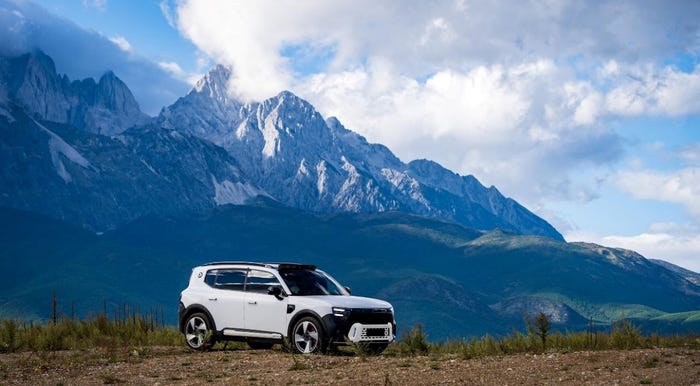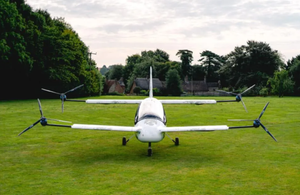Low-Cost Quadruped Robot Can Take on Any TerrainLow-Cost Quadruped Robot Can Take on Any Terrain
CMU, Berkeley researchers have developed the low-cost robot to take on almost any obstacle

A new four-legged robot has been designed to go almost anywhere.
Researchers from Carnegie Mellon University’s School of Computer Science and the University of California, Berkeley, developed a system to allow a quadruped robot to traverse almost any environment, including climbing and descending stairs, navigating uneven and steep terrain and operating in the dark.
“Empowering small robots to climb stairs and handle a variety of environments is crucial to developing robots that will be useful in people’s homes as well as search-and-rescue operations,” said Deepak Pathak, an assistant professor at the Robotics Institute. “This system creates a robust and adaptable robot that could perform many everyday tasks.”
The team trained the robot using a simulator, which sent 4,000 virtual clones of the robot into different environments to learn how to move through each of them. The system retained the information and skills learned to develop a versatile, intelligent navigation system, which was then fed into a neural network and loaded on the robot.
In the trials, the robot successfully navigated uneven stairs, hillsides, stepping stones and slippery surfaces. Unlike traditional robotic systems that rely on cameras to create a map of their surroundings, the new method allowed the robot to respond directly to the visual information around it – meaning that the robot reacts to what it sees and adapts to changes in its surroundings – giving it greater autonomy.
Because the new system doesn’t need mapping or planning, the robot costs less to operate than other systems, with the team estimating the robot they used was around 25 times cheaper than available alternatives.
About the Author
You May Also Like








